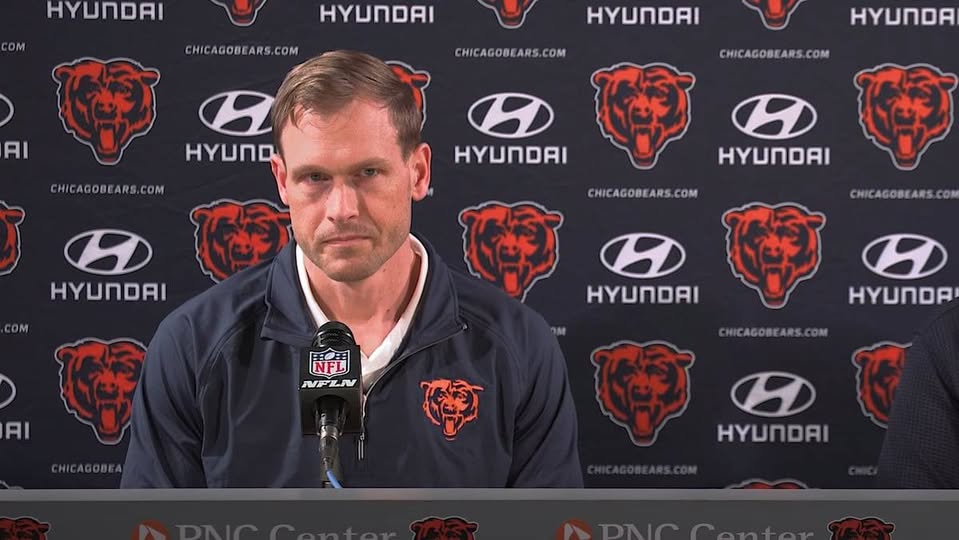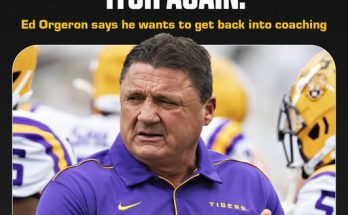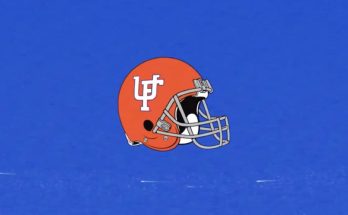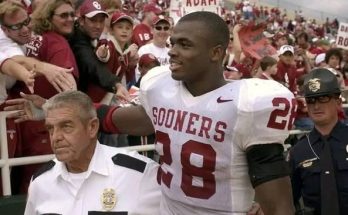Ben Johnson, the new head coach of the Chicago Bears, is known for his innovative offensive philosophy, which has been a key factor in his success as an offensive coordinator. His approach is adaptable, modern, and designed to maximize the strengths of his personnel. With his arrival in Chicago, Bears fans and analysts alike are eager to see how he will shape the team’s running game.
A Player-Centric Approach
One of the most critical aspects of Johnson’s philosophy is his player-centric approach. Rather than forcing a rigid system upon his team, he tailors his scheme to best utilize the skill sets of his players. This philosophy was evident during his time as the offensive coordinator for the Detroit Lions, where he crafted a versatile and dynamic offensive system that led to unprecedented production from both running backs and receivers.
In Chicago, Johnson has already emphasized that his offense will not simply be a copy-paste version of what he ran in Detroit. Instead, it will be built around the unique talents of his roster. He stated, “We want the defense on their heels. We are always going to be attacking on offense. We believe in multiplicity—that’s both formationally and conceptually. We are going to make things very challenging on the defense each and every week.”
Diverse Run Concepts
Ben Johnson’s run game is rooted in versatility. He incorporates a variety of blocking schemes, including inside and outside zone, power, counter, and misdirection. This multiplicity ensures that defenses cannot key in on one particular run concept, keeping them off balance and reactive rather than proactive.
1. Zone Blocking Schemes
- Inside Zone: Johnson often utilizes inside zone blocking to create cutback opportunities for running backs. This scheme relies on offensive linemen moving in unison to create running lanes, with the running back reading the defense and making a decision based on how the defensive front reacts.
- Outside Zone: The outside zone scheme stretches the defense horizontally, allowing athletic linemen to engage defenders in space. The running back then reads the movement of the defense and either bounces the run outside, cuts it upfield, or takes a backside lane.
2. Power and Counter Concepts
- Power Runs: A staple of Johnson’s offense, power runs involve pulling offensive linemen to create mismatches at the point of attack. This allows the running back to follow a lead blocker and get upfield quickly.
- Counter Runs: Similar to power runs but designed to create misdirection, counter runs deceive the defense into flowing in one direction before the play cuts back the other way. This was a major part of Johnson’s run game in Detroit and is expected to be incorporated in Chicago.
3. Misdirection and Pre-Snap Motion
- Jet Sweeps and Motion-Based Runs: Johnson effectively uses pre-snap motion to keep defenses guessing. By sending receivers or tight ends in motion, he can manipulate defensive alignments and create favorable matchups for his running backs.
- RPO (Run-Pass Option) Concepts: Johnson’s offensive philosophy integrates RPO elements, allowing quarterbacks to make real-time decisions based on defensive reactions. This is particularly beneficial when facing aggressive defenses that try to commit early to stopping the run.
Impact on the Bears’ Running Backs
The Bears’ current stable of running backs, led by Khalil Herbert and Roschon Johnson, will likely benefit from Johnson’s versatile approach. In Detroit, Johnson successfully utilized a two-back system, with David Montgomery and Jahmyr Gibbs each surpassing 1,000 yards from scrimmage.
- Khalil Herbert: Herbert’s vision and ability to make quick cuts make him a natural fit for inside zone and outside zone runs. His acceleration and decisiveness should allow him to thrive in Johnson’s system.
- Roschon Johnson: A powerful runner with excellent balance, Roschon could take on a similar role to Montgomery in Detroit, handling short-yardage and power-run duties while also being utilized in the passing game.
Offensive Line Adjustments
A strong run game requires a capable offensive line, and the Bears have made significant moves to bolster their front five. In free agency, Chicago acquired guards Jonah Jackson and Joe Thuney, along with center Drew Dalman, to reinforce the interior line. These additions indicate a commitment to building a strong foundation for Johnson’s run scheme.
- Athletic Linemen: Johnson’s scheme benefits from linemen who can move well in space, particularly for outside zone and pull-blocking assignments. Jackson and Thuney both fit this mold and should excel in a system that emphasizes movement and versatility.
- Communication and Cohesion: Implementing a complex run game requires strong communication across the offensive line. Johnson will need to ensure that his linemen are well-prepared to recognize defensive shifts and adjust blocking assignments accordingly.
Quarterback’s Role in the Run Game
The Bears’ quarterback, likely a rookie such as Caleb Williams (assuming they select him with the No. 1 overall pick in the 2025 NFL Draft), will play a critical role in the run game. Johnson’s offense in Detroit featured quarterback Jared Goff executing RPOs and play-action fakes to keep defenses honest. If Williams, or another quarterback, takes the helm in Chicago, they will need to be comfortable making pre-snap adjustments and post-snap reads to maximize the effectiveness of the run game.
- Play-Action Passing: A strong run game sets up play-action opportunities, which Johnson heavily utilized in Detroit. This approach will be essential in Chicago, especially with a young quarterback under center.
- Designed QB Runs: If the Bears opt for a mobile quarterback, Johnson may incorporate more designed QB runs, including read-option plays to take advantage of defensive overcommitment to the running backs.
Comparison to Previous Bears’ Offenses
Under previous head coaches, the Bears’ running game often lacked consistency and identity. While Matt Eberflus and Luke Getsy emphasized a run-heavy approach at times, it lacked the creativity and adaptability that Johnson brings.
- Predictability vs. Unpredictability: One of the biggest criticisms of the previous offensive regimes was the predictability of their play-calling. Johnson’s emphasis on multiple formations, pre-snap motion, and creative blocking schemes should make the Bears’ run game far less predictable.
- Maximizing Personnel: Unlike previous Bears coaches, Johnson has a track record of getting the most out of his players. By designing schemes that fit his roster’s strengths, he should be able to elevate the performance of the team’s running backs and offensive line.
Challenges and Areas for Improvement
While Johnson’s run scheme is promising, there are challenges that the Bears must address to ensure its success:
- Offensive Line Chemistry: The new additions to the offensive line will need time to gel. It’s crucial that the Bears establish continuity early in training camp to allow the blocking schemes to develop effectively.
- Quarterback Development: A young quarterback will need to quickly learn Johnson’s system and develop the ability to make quick reads in RPOs and play-action concepts.
- Depth at Running Back: While Herbert and Roschon Johnson are talented, the Bears may look to add another running back in the draft or free agency to ensure they have enough depth to execute the scheme effectively.
- Defensive Adjustments: Opposing defenses will adapt to Johnson’s schemes over time, so he will need to continue evolving his play-calling and run designs throughout the season.



